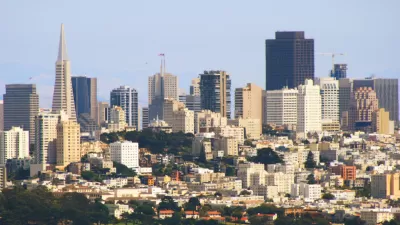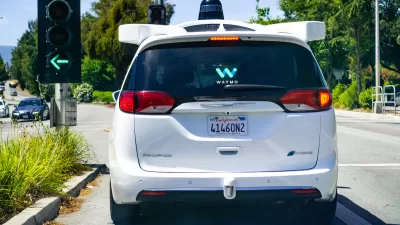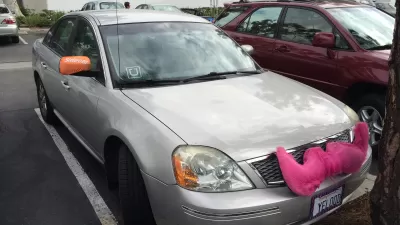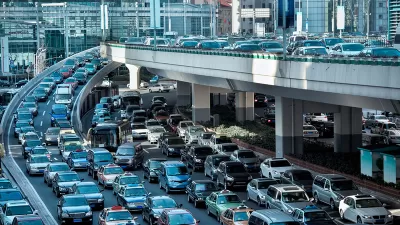Even as innovations like ridesharing take hold in tech-friendly San Francisco, the percentage of trips taken by personal auto is stuck at just under 50 percent.

The San Francisco Municipal Transportation Agency released the results of a survey indicating that the use of private cars in the city has changed hardly at all since 2012. That's mostly good news for the city, because only 48 percent of trips are taken by private automobile—and only 27 percent of trips are taken by solo drivers. The recent numbers contradict an earlier report that suggested that 62 percent of trips were by private car; SFMTA officials insist that their methodology is more accurate.
These numbers indicate that the city is continuing to meet its goal, set in 2012, to keep the percentage of trips via personal auto in the city at or below 50 percent. City officials still worry that the city's growth still puts it on a course for gridlock in the coming years. As well, some contend that rides taken by services like Uber and Lyft—known as TNCs in California—are no better than solo trips because those drivers "are not already going to the destination whereas with carpool, everyone’s going to that destination."
"Even if driving rates haven’t declined significantly in the past three years, the new data adds to the growing body of evidence that SF isn’t as car-dependent as opponents of reallocating street space to other modes often claim." In fact, Census data suggests that 88 percent of new households added to San Francisco between 2000 and 2012 were car-free.
FULL STORY: New Data Shows Most Trips in SF Are Made Without a Private Automobile

Alabama: Trump Terminates Settlements for Black Communities Harmed By Raw Sewage
Trump deemed the landmark civil rights agreement “illegal DEI and environmental justice policy.”

Study: Maui’s Plan to Convert Vacation Rentals to Long-Term Housing Could Cause Nearly $1 Billion Economic Loss
The plan would reduce visitor accommodation by 25% resulting in 1,900 jobs lost.

Planetizen Federal Action Tracker
A weekly monitor of how Trump’s orders and actions are impacting planners and planning in America.

Wind Energy on the Rise Despite Federal Policy Reversal
The Trump administration is revoking federal support for renewable energy, but demand for new projects continues unabated.

Passengers Flock to Caltrain After Electrification
The new electric trains are running faster and more reliably, leading to strong ridership growth on the Bay Area rail system.

Texas Churches Rally Behind ‘Yes in God’s Back Yard’ Legislation
Religious leaders want the state to reduce zoning regulations to streamline leasing church-owned land to housing developers.
Urban Design for Planners 1: Software Tools
This six-course series explores essential urban design concepts using open source software and equips planners with the tools they need to participate fully in the urban design process.
Planning for Universal Design
Learn the tools for implementing Universal Design in planning regulations.
Caltrans
Smith Gee Studio
Institute for Housing and Urban Development Studies (IHS)
City of Grandview
Harvard GSD Executive Education
Toledo-Lucas County Plan Commissions
Salt Lake City
NYU Wagner Graduate School of Public Service





























